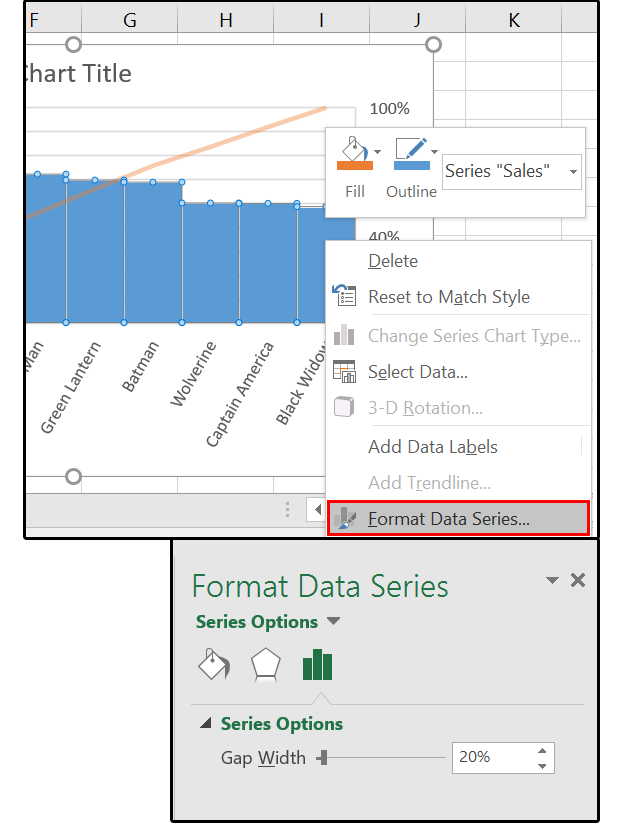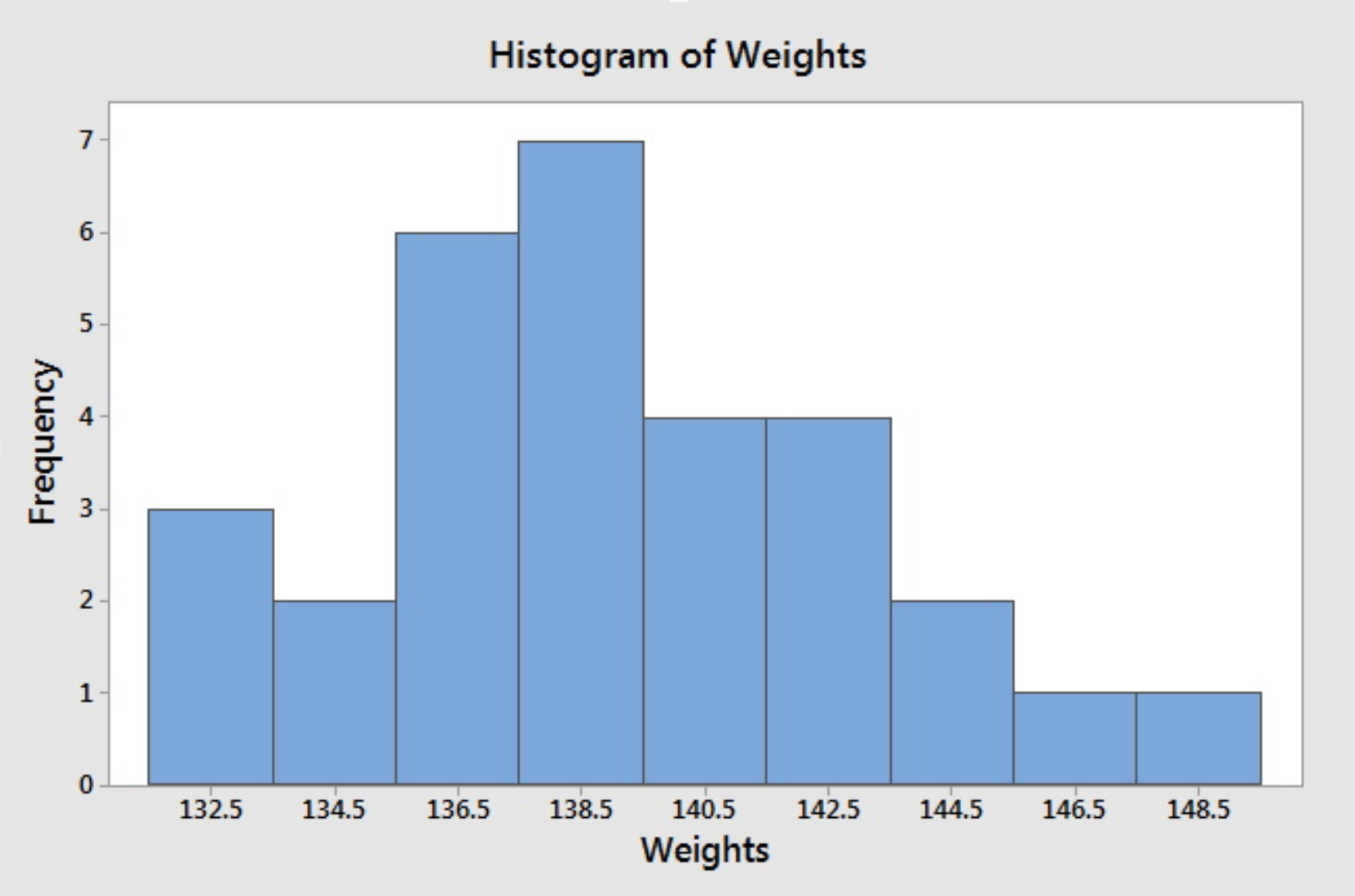

You can see that the histogram is divided into just only 2 bars which means it only shows the frequency for two intervals.
After that, you will see the histogram appear on your Excel sheet. First, select the range B4:C14 and then go to Insert > Histogram (from the Charts group). Let’s make a histogram using our dataset of this article. Step 2: Creating Histogram with Excel Dataset Read More: How to Create a Histogram in Excel with Bins (4 Methods) 
After that, hit the ENTER button and you will get the bin range.MAX(C5:C14) -> gives the maximum value of the dataset.MIN(C5:C14) -> returns the minimum value of the dataset.
 ROUNDUP(SQRT(COUNT(C5:C14)),0) -> then becomes. SQRT(10) -> returns the square root of 10. COUNT(C5:C14) -> returns the number of data of the dataset. First, select a cell to store the bin range and type the following formula in that cell. (Maximum Value – Minimum Value)/(Rounded Value of the Square Root of the Number of Data) The formula to determine the bin range is given below: Because you may get redundant intervals in that case. You cannot just use a random value for the bin range. To get a nice looking histogram for any given dataset, it is necessary to calculate the bin range value. Step 1: Calculating Bin Range for the Dataset We will make a histogram with this dataset and organize the graph in a suitable way by applying a proper bin range. In the dataset, you can see some profit data for the first 10 months of the year. Steps to Change Bin Range in Excel Histogram You see that from 1 to 5, there are 7 data (1, 2, 2, 2, 3, 3, 3) and from 6 to 10 there are 2 data (6 and 10).
ROUNDUP(SQRT(COUNT(C5:C14)),0) -> then becomes. SQRT(10) -> returns the square root of 10. COUNT(C5:C14) -> returns the number of data of the dataset. First, select a cell to store the bin range and type the following formula in that cell. (Maximum Value – Minimum Value)/(Rounded Value of the Square Root of the Number of Data) The formula to determine the bin range is given below: Because you may get redundant intervals in that case. You cannot just use a random value for the bin range. To get a nice looking histogram for any given dataset, it is necessary to calculate the bin range value. Step 1: Calculating Bin Range for the Dataset We will make a histogram with this dataset and organize the graph in a suitable way by applying a proper bin range. In the dataset, you can see some profit data for the first 10 months of the year. Steps to Change Bin Range in Excel Histogram You see that from 1 to 5, there are 7 data (1, 2, 2, 2, 3, 3, 3) and from 6 to 10 there are 2 data (6 and 10). 
So, if you want to divide this range of dataset into two intervals, each interval will be 5 (rounded value of (10-1)/2 or 4.5) unit long. Here, the maximum and minimum numbers of the dataset are 10 and 1 respectively. Bin range in histogram defines the series of intervals that divide the entire range of values of the dataset and then count how many values fall in those intervals.įor instance, you have this dataset: 1, 2, 2, 3, 3,6, 2, 10, 3.








 0 kommentar(er)
0 kommentar(er)
